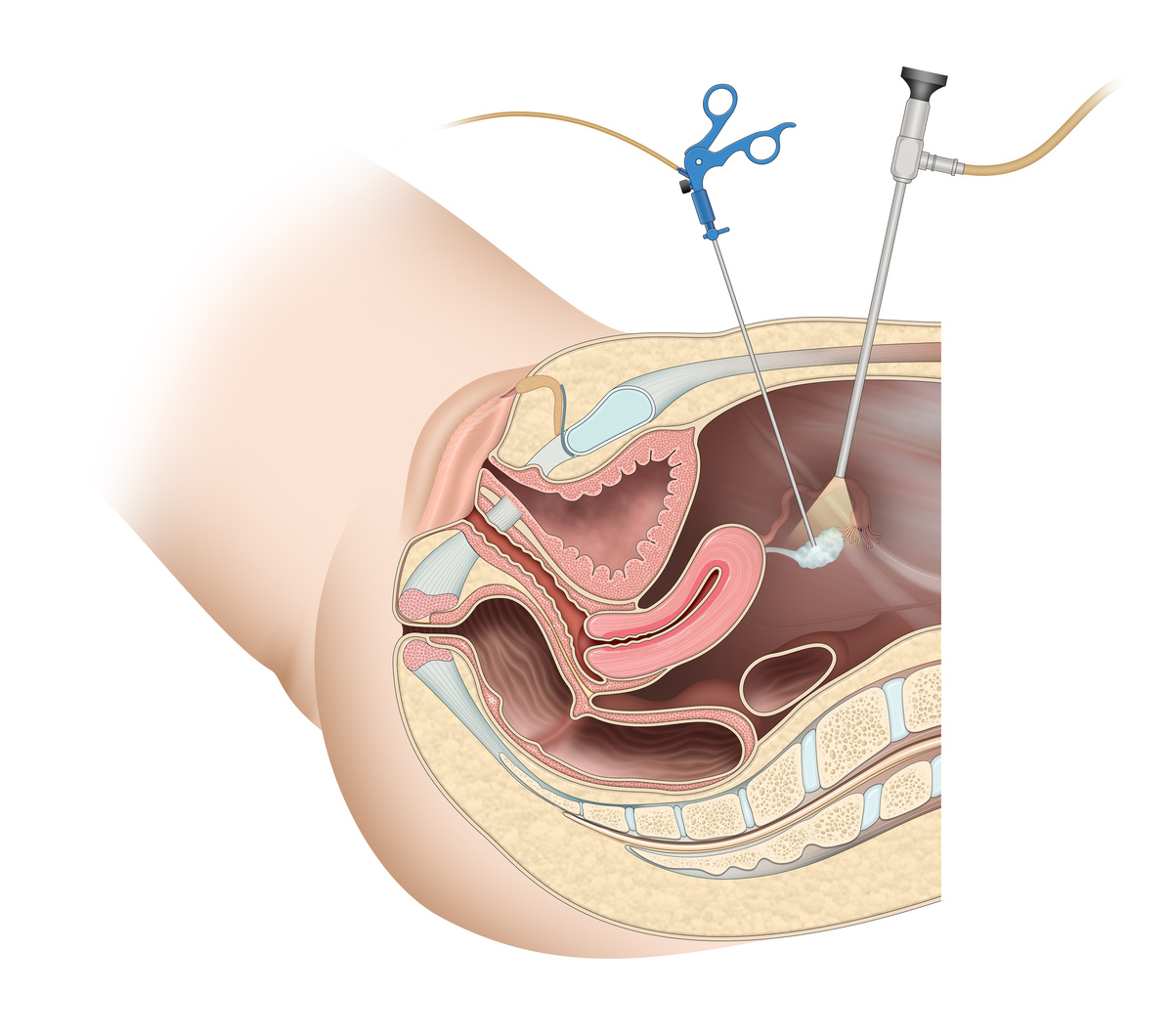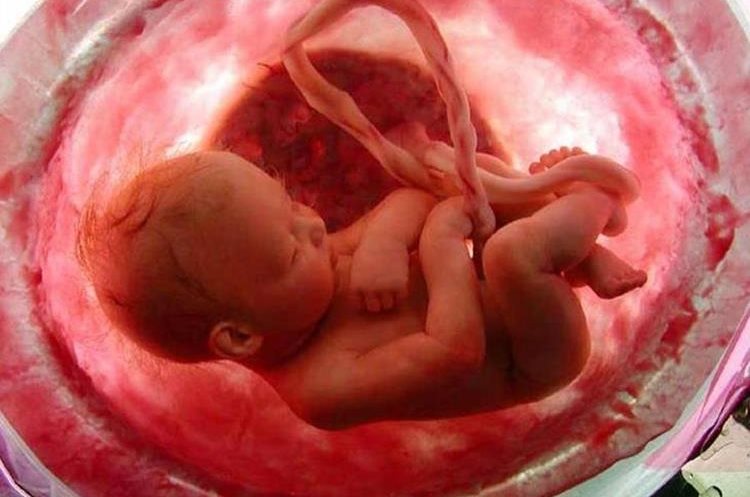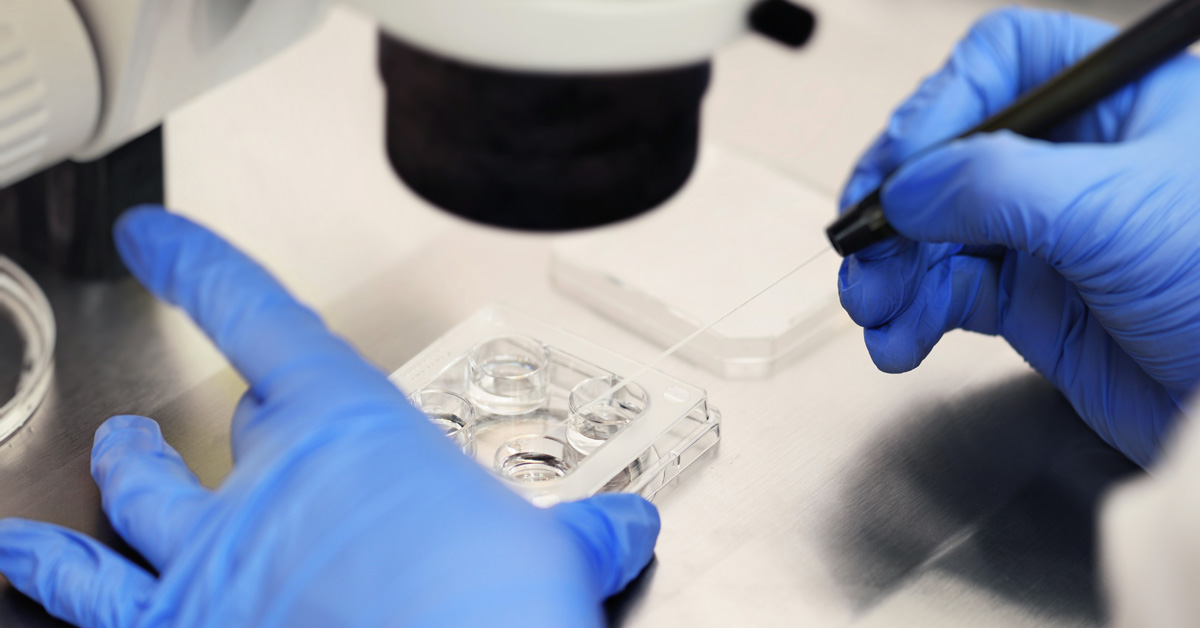First human-monkey hybrid created
Researchers at the Catholic University of Murcia (UCAM) managed to create a chimera, a hybrid between human and monkey, for the first time in a laboratory in China. This is an important step towards their ultimate goal of transforming animals of other species into organ factories for transplants, according to EL PAÍS, a biologist contributing to the research.
The groups distributed between the Salk Institute in the USA and UCAM genetically modified monkey embryos to deactivate essential genes in the formation of their organs. Then, scientists injected human cells capable of generating any type of tissue. The result is a monkey chimera with human cells, which was never born, as the researchers interrupted the pregnancy. The experiment was carried out in China to avoid legal obstacles in other countries.
The authors did not provide further details because they are waiting to publish them in a prestigious international scientific journal. At UCAM and the Salk Institute, we are no longer just seeking to advance and continue carrying out experiments with human cells, rodents, and pigs but also with non-human primates, adding that Spain is a pioneer and world leader in this type of research.
Researchers recall that their team already carried out the world’s first experiment on chimeras between humans and pigs in 2017, although with less success. The human cells didn’t catch on. We saw that they contributed very little to the development of the embryo, one human cell for every 100,000 pig cells, explains a researcher from the University of California at Davis and co-author of that experiment.
The team of researchers had already managed, however, to create chimeras between species that are more similar to each other, such as mice and rats, whose degree of similarity is five times greater than that between humans and pigs. Also, in 2017, researchers used the revolutionary gene-editing technique CRISPR to deactivate genes in mouse embryos that are critical to the development of the heart, eyes, and pancreas. Then, they introduced rat stem cells capable of generating these organs. The result was a series of rat and mouse chimera embryos, whose pregnancy was also aborted by the researchers, following the international consensus on experiments of this type.
To avoid these ethical obstacles, according to the researcher, the scientific community has traditionally established “a red line of 14 days” of gestation, an insufficient time for the human central nervous system to develop. Before these 14 days, the chimeric embryos are eliminated. The pregnancy is not carried to term under any circumstances in any case, a long way from turning animals into organ incubators for humans, but considering that this research will actually be very useful to obtain models in which to study embryonic development and some human diseases.
The first scientific team to create rat and mouse chimeras in 2010 was that of Japanese biologist Hiromitsu Nakauchi from Stanford University (USA). In 2017, his team generated mouse pancreases inside rats and demonstrated that these cells reversed diabetes when transplanted back into rats with this disease. The researcher recalls that the US National Institutes of Health, the main funders of biomedical science in the world, “do not support human-animal chimera research, but there are other funding agencies, such as the Department of Defense and the California Institute of Regenerative Medicine, that support these studies.”
In 2017, the world’s first chimera experiment was carried out between humans and pigs.
In Spain, this type of trial is very restricted and limited only to investigations of fatal diseases. They are carrying out experiments with monkeys in China because, in principle, they cannot be carried out in Spain, which does not care about the fact that its university is Catholic. What they want is to progress for the benefit of people who have a disease. Asking permission is within our ethics.
As researchers note, the pancreas of mice generated inside rats still has cells from the rats themselves in structures such as blood vessels, a possible reason for rejection in the case of transplantation. The ultimate goal would be to obtain a human organ that can be transplanted, but for scientists living in this moment, the path itself is almost the most interesting. It is in these experiences that you really learn the developmental biology of what you are studying.
Experiments with chimeras carry the risk that human neurons will form in the animals’ brains.
Science is not something you can put doors on. The paths of science lead to ramifications you would never have imagined. Although we may not be able to obtain organs for transplants, if we didn’t pass through here, there would be no advancement in science. Other scientists are exploring other avenues with a similar goal: solving the shortage of transplantable organs. Almost all mammals have viruses in their DNA that pass from parents to children. In the case of pigs, these viruses incorporated into the genome can infect human cells.
They humanized the pig through genetic engineering, and last year, a team from the University of Munich managed to make two monkeys survive for more than six months with transplanted pig hearts. “I don’t see why it wouldn’t be possible to do engineering to make the development of human tissues in pigs more compatible,” argues the researcher.
History repeatedly shows us that, over time, our ethical and moral parameters change and transform, like our DNA, and what happened yesterday was ethically unacceptable. If it really means an advance in the progress of humanity, today is already unacceptable an essential part of our lives.
Over time, we will need to carry pregnancies to term.
Pioneer researchers in 2010 of the generation of chimeras between mice and rats believe that at some point, we will have to jump the red lines that have existed until now, such as the termination of pregnancy. Until now, human cells have not survived in animal embryos. However, the goal of the research is to make human cells survive and contribute to the formation of chimeras. Therefore, as long as it takes to carry pregnancies to term. In March, Japan changed the law that prohibited these types of experiments beyond the 14th day of pregnancy, and that also prohibited the transfer of embryos to the uterus of a female animal, according to the scientific journal Nature. The Japanese Government’s change in criteria means giving the green light to the birth of animals with human cells.







